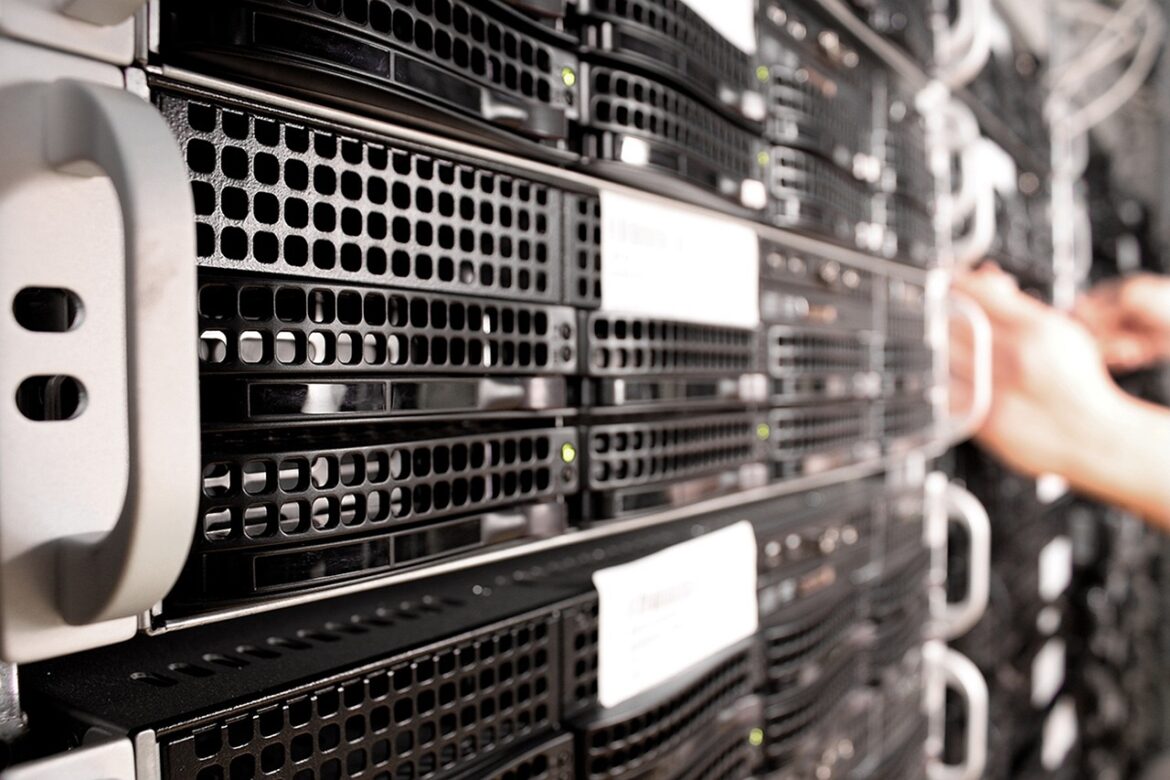Cloud services are evolving faster than ever, with breakthrough hardware hitting the market to address scalability, efficiency, and innovation challenges. Here’s a snapshot of four key hardware trends reshaping the cloud in 2025:
1. NETINT VPUs from Akamai
Akamai has introduced Cloud Accelerated Compute Instances, making it the first provider to offer NETINT Video Processing Units (VPUs) in the cloud. These VPUs deliver 20x greater throughput compared to CPUs while reducing costs by 90%. They can encode 32 live 1080p streams and support up to 8K resolution. This new technology is a game-changer for video streaming and processing, addressing soaring demands from media companies. However, dependency on a single hardware provider (NETINT) and a focus on video-specific applications may limit its broader adoption.
2. Google Cloud SQL Read Pools
Google’s latest innovation, Cloud SQL Read Pools, simplifies handling large-scale read workloads. This feature offers a single endpoint for up to 20 read nodes with automated traffic load balancing. Businesses can scale horizontally (nodes) or vertically (machine power) for optimal performance. While enhancing operational simplicity, these read pools are tailored for database-heavy operations, potentially narrowing their audience to specific enterprise use cases.
3. IBM PowerVS Enhancements
IBM’s Power Virtual Server (PowerVS) has introduced features like Migrate While Active, enabling seamless data migration from on-premises to the cloud with minimal downtime. This hybrid approach maintains compatibility with on-prem environments, making it ideal for businesses dependent on low-latency workloads. While PowerVS excels in HA/DR scenarios and private clouds, competing against established providers in broader markets remains a challenge.
4. Optical Networking from Lumentum
Lumentum’s optical innovations for AI and cloud environments focus on scalable, high-speed data interconnects. Highlights include 800G and 1.6T optical transceivers and high-power pump lasers for optical amplification. These advancements cater to hyperscale cloud and AI clusters, ensuring performance and sustainability. However, their application is niche, requiring significant investment from enterprises.
Key Takeaways:
- Pros: These advancements improve scalability, reduce costs, and enhance specialized applications (e.g., video processing, AI workloads).
- Cons: Many solutions cater to specific industries, limiting broader applicability or requiring substantial initial investment.
The ongoing innovation in cloud hardware signals a promising future but also highlights the importance of aligning solutions with business needs.
References:
- https://cloudtweaks.com/2025/04/cloud-computings-top-10-disruptive-trends-in-2025/
- https://www.morningstar.com/news/pr-newswire/20250401dc54104/aws-support-fuels-kubernetes-innovation-driving-global-adoption-and-open-source-sustainability
- https://cloud.google.com/sql/docs/release-notes
- https://www.crn.com/news/internet-of-things/2025/the-10-coolest-iot-hardware-companies-the-2025-internet-of-things-50
- https://www.cncf.io/announcements/2025/04/01/cloud-native-computing-foundation-releases-2025-state-of-dapr-report-highlighting-adoption-trends-and-ai-innovations/
- https://cloud.google.com/sql/docs/mysql/release-notes
- https://www.stocktitan.net/news/AKAM/akamai-first-to-offer-vp-us-in-the-y97qf15ncdg2.html
- https://www.simplilearn.com/types-of-cloud-computing-article
- https://www.itjungle.com/2025/04/02/whats-new-with-ibm-powervs-in-2025/
- https://www.businesswire.com/news/home/20250327847701/en/Lumentum-to-Showcase-Cutting-Edge-Optical-Innovations-for-Cloud-AI-and-Networking-Infrastructure-at-OFC-2025



